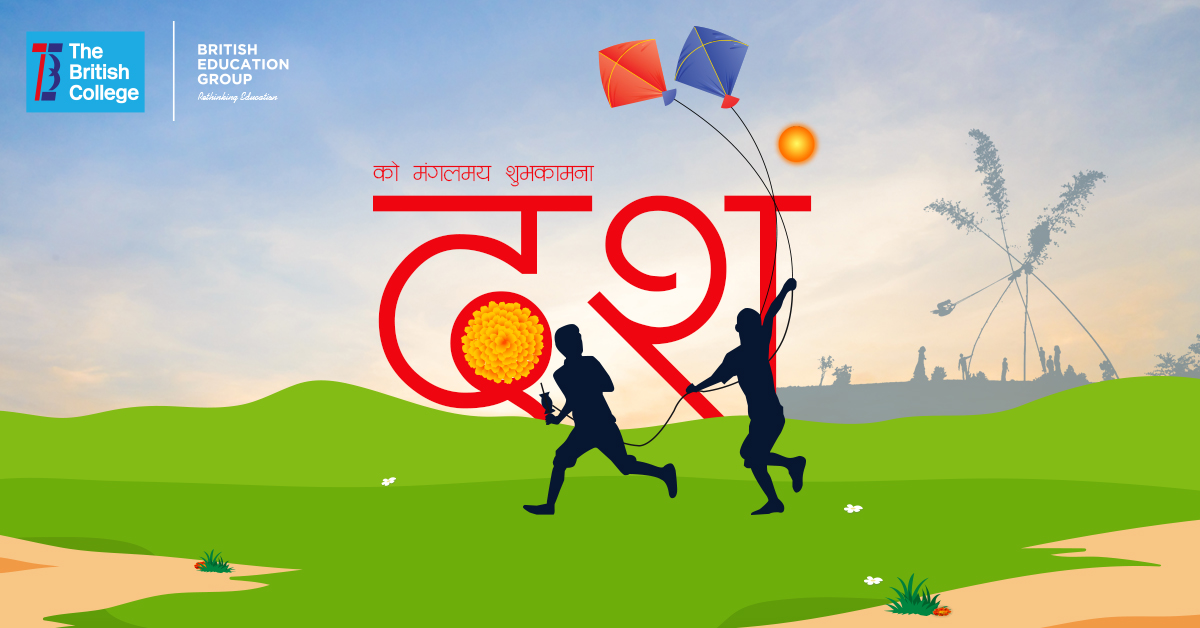The History of Dashain

Dashain is a major Hindu festival celebrated across Nepal, often called Vijaya (Victory) Dashami (Tenth)! It’s celebrated to mark the end of Durga Puja and this year, Dashain will start on 5th October and last for fifteen days of celebrations, family reunions, and gift-exchanging! With each day celebrated for different reasons and after different memorable events in Dashain’s history, the fifteen days provide a beautiful, reflective festival within the Hindu religion.
The History of Dashain
Dashain is celebrated to commemorate the day the goddess Durga killed demons known as Mahishasura - who were killing the world of the gods, the devaloka. After ten days of battle, Durga was victorious and from then on, Dashain has been celebrated over fifteen days to symbolise the fight of good against evil.
During Dashain, government institutions are closed for the duration of the festivities, allowing many people to go home to visit their families and truly celebrate. With each day having different significance, the most important days are the first, seventh, eighth, ninth, tenth, and fifteenth day, all in honour of the great battle.
Durga has many manifestations but her most powerful is the Goddess Kali, who is specifically celebrated during Dashain on the ninth day. Kali represents death, as she helped Durga to defeat the demons.
The Days of Dashain
#The first day of Dashain is Ghatasthapana, which represents the Ghada/Kalash—a holy vessel or pot, and people sow Jamara. The Kalash represents the purity of Durga and is worshipped twice during the day, often by the eldest male in the household. Over the next several days, yellow grass is sewn and begins to grow.
#Fulpati is the seventh day of Dashain and is celebrated by cleaning and then decorating the household. A fulpati parade is often held and is attended by the President and many other government officials and is arranged by the Nepal Army. There has been a centuries-long tradition of firing in honour of the celebration for ten minutes. Before the President, the Royal King would oversee the celebrations.
# The eighth day of Dashain is known as Maha Ashtami. This is the day where both Durga and Kali are worshipped by devoted followers to mark the most fierce creation of Durga’s power, Kali, who appeared from the sacrifices of animals. Thus, worshippers often sacrifice blood as a blessing for fertility. Furthermore, in more recent times, people often eat the meat of goats, ducks, and buffaloes, all in honour of Kali. This food will carry on until the fifteenth day, showing the power of the manifestation of the goddess.
# The ninth day, Maha Navami, is highly important as the preparations reach their peak, and temples for both Kali and Durga are often laden with sacrifices and gifts. It can also be known as the Tika day. This provides a day to worship and appreciate all machinery and mechanical household items like cars, knives, axes, and buses.
# The tenth day brings the origin of Dashain, also known as Vijaya Dashami, and is the most celebrated day with food, gifts, and money, often by the eldest person in the house, regardless of gender. Here, all the previous days of celebrations are tied together by offering Tika, Jamara, and Dakshina (money).
# Day fifteen is called Kojagrat which often falls on a full moon. Kojagrat translates to “who is awake”, and most worshippers stay awake all night due to a legend that says wealth will be bestowed to those who stay awake all night by Laxmi, the Goddess of Wealth.
So How Can You Celebrate With Your Loved Ones?
Across Nepal, there are many ways to celebrate this honoured festival that worships so many things! A lot of children and teenagers often fly colourful kites or play cards which provides older players with a chance to win money over the festivities, as money is gifted during this time. It also provides neighbours and families with a perfect gathering to have fun, place bets, and spend time together.
Cleaning your home is said to provide a welcoming to Durga, and so people believe that good fortune and luck will be brought to those who clean and tidy their homes in preparation. With relatives often visiting, a lot of celebrators will prepare a welcoming home for guests.
To honour colour and happiness in the festivities, new clothes are often bought. Many sales are put up to incite more custom and many children are gifted with new clothes.
More publicly, swings are put up by local teens and adults, in parks where it’s easily accessible. It is said that if someone leaves the ground at least once during Dashain, a safe passage is guaranteed into heaven after death, and thus the swings continue this well-wish across the celebrations.
So whether it’s across the first ten days of partaking in traditional worshipping or the five days after, many celebration opportunities arise during Dashain to honour Durga, Kali, and the goodness Dashain brings across Nepal.



.jpg)





